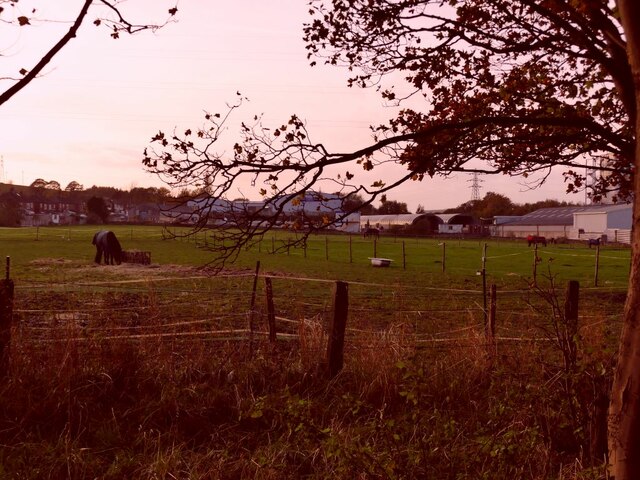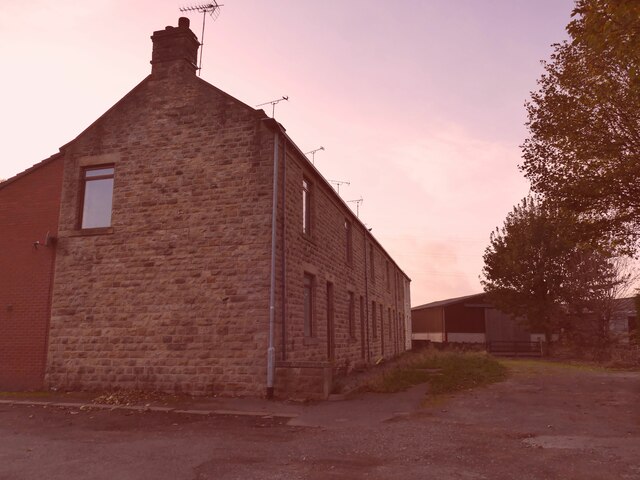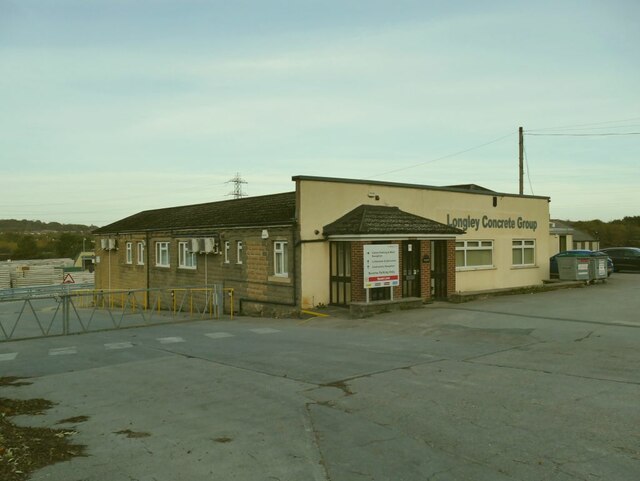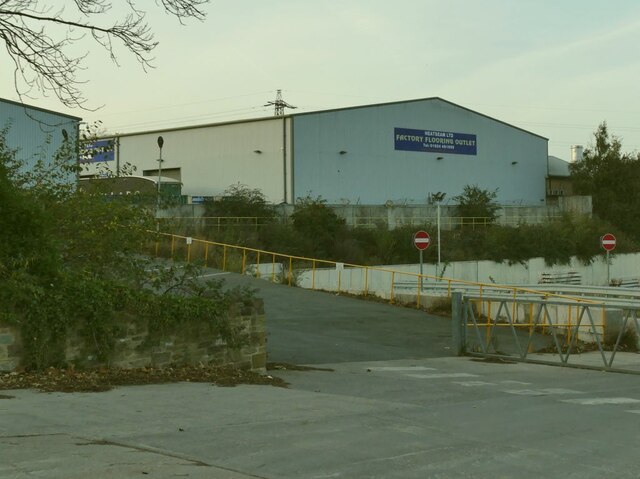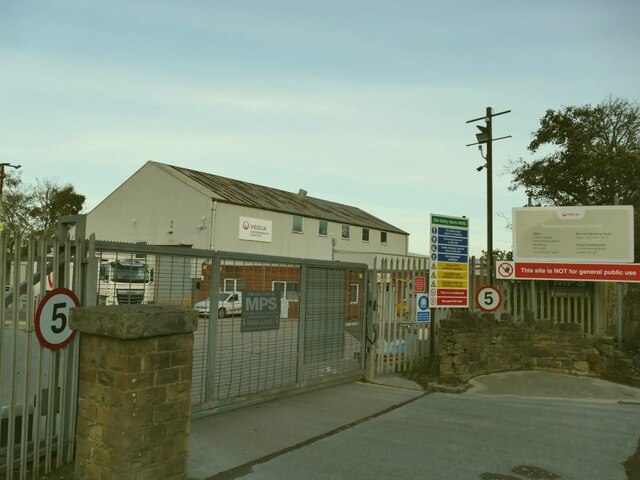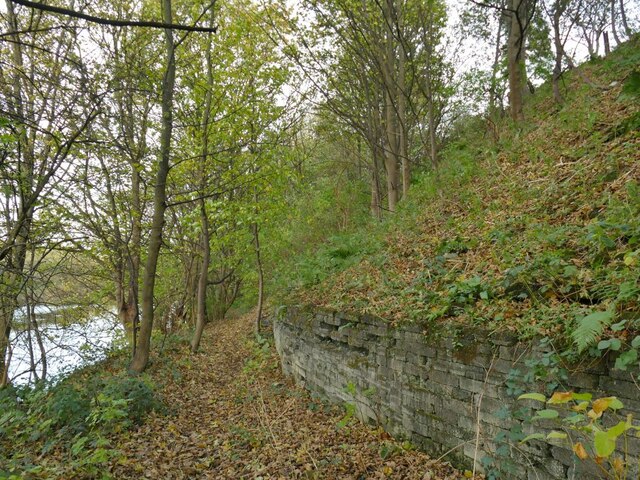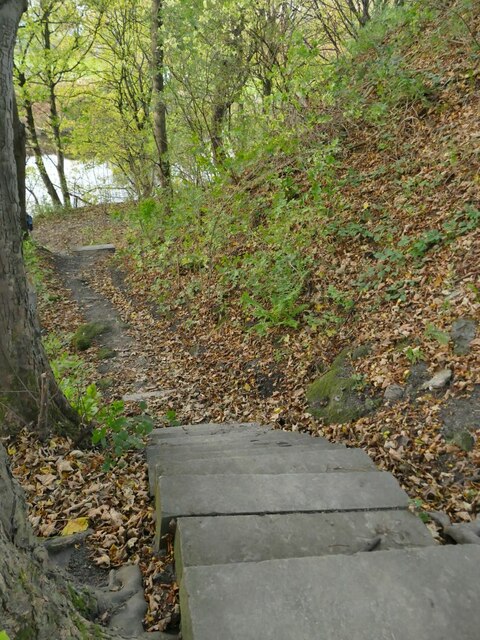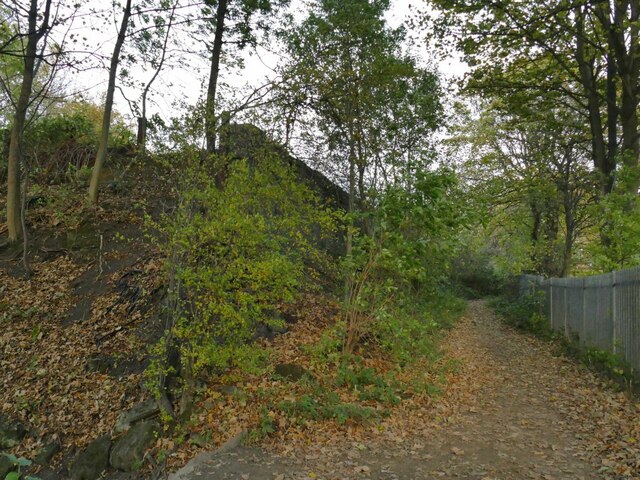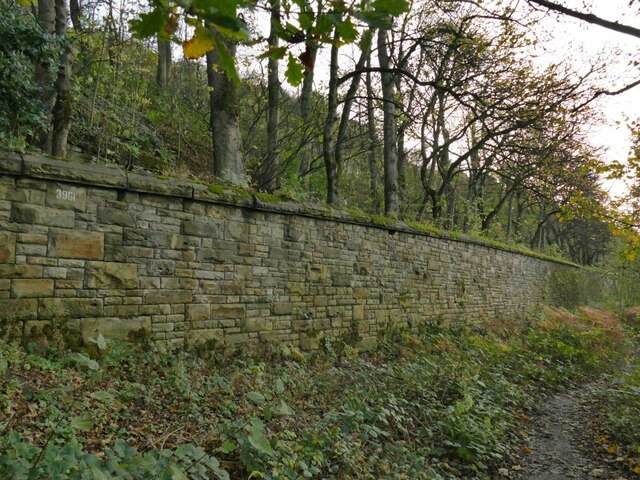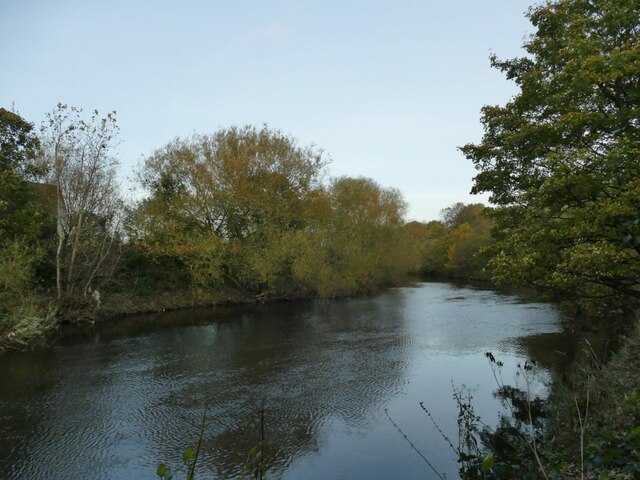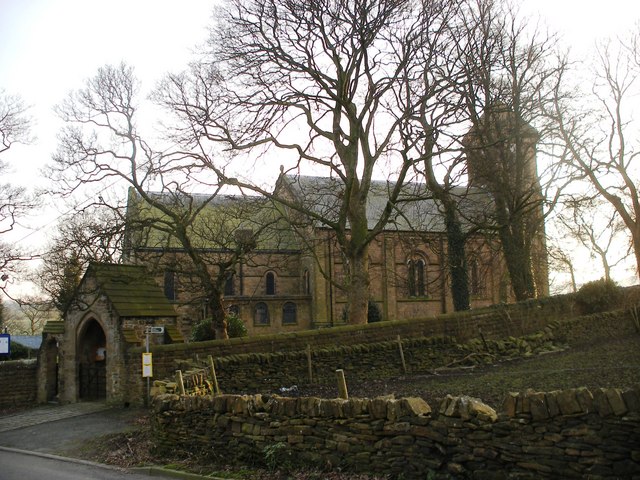Haley Hill
Hill, Mountain in Yorkshire
England
Haley Hill
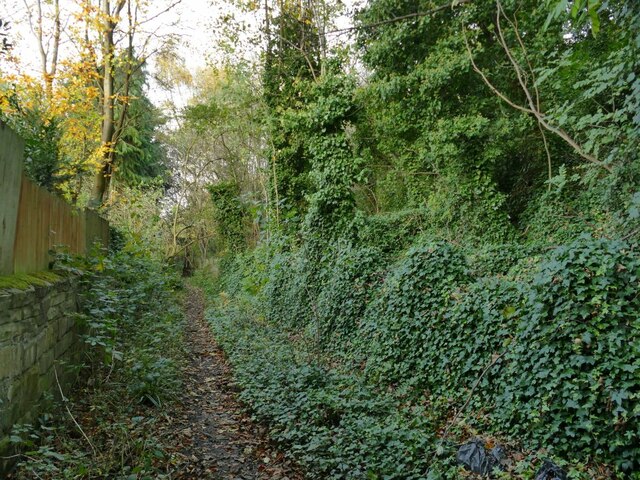
Haley Hill is a prominent hill located in Yorkshire, England. It is part of the Pennine range, which stretches across northern England. Rising to an elevation of approximately 328 feet (100 meters), Haley Hill offers stunning panoramic views of the surrounding countryside.
Situated in the town of Halifax, Haley Hill is known for its picturesque landscape and historical significance. The hill has been inhabited since ancient times, with evidence of human settlement dating back to the Bronze Age. Today, it serves as a popular destination for outdoor enthusiasts, hikers, and nature lovers.
The hill is characterized by its gentle slopes and lush greenery, adorned with a variety of flora and fauna. Wildflowers, including bluebells and buttercups, dot the landscape during the spring and summer months, creating a vibrant and colorful scene. Additionally, the hill is home to several species of birds and small mammals, providing ample opportunities for wildlife observation.
At the summit of Haley Hill, visitors can find St. Jude's Church, a Grade II listed building that adds to the hill's historical charm. The church, built in the Gothic Revival style, offers a peaceful spot for reflection and enjoys panoramic views of the surrounding countryside.
Overall, Haley Hill in Yorkshire is a beautiful natural landmark that combines stunning scenery with a rich historical heritage, making it a must-visit destination for those seeking tranquility, outdoor adventure, and a glimpse into the region's past.
If you have any feedback on the listing, please let us know in the comments section below.
Haley Hill Images
Images are sourced within 2km of 53.661742/-1.6609422 or Grid Reference SE2218. Thanks to Geograph Open Source API. All images are credited.

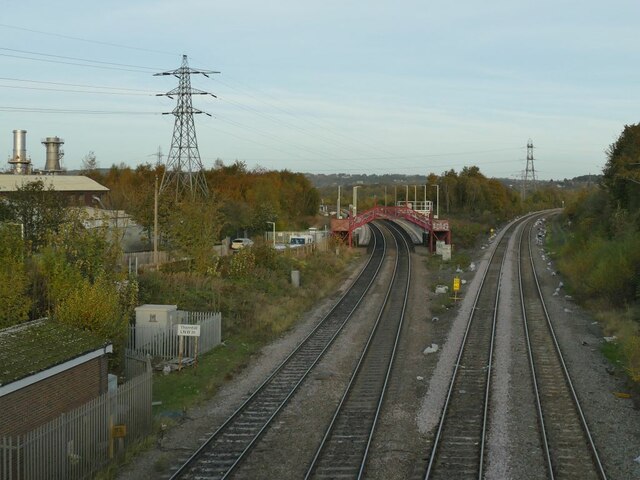
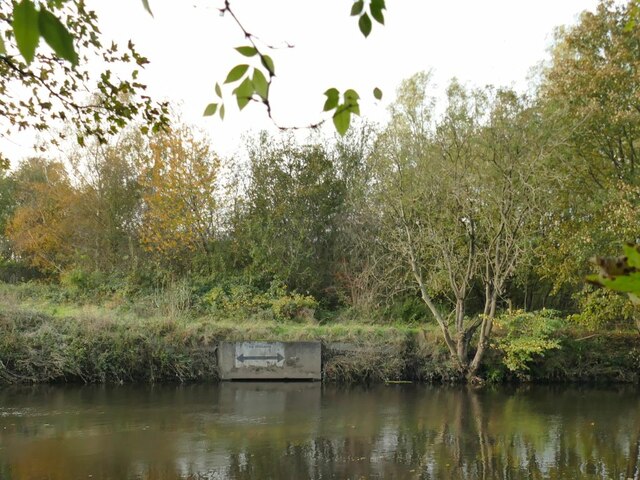
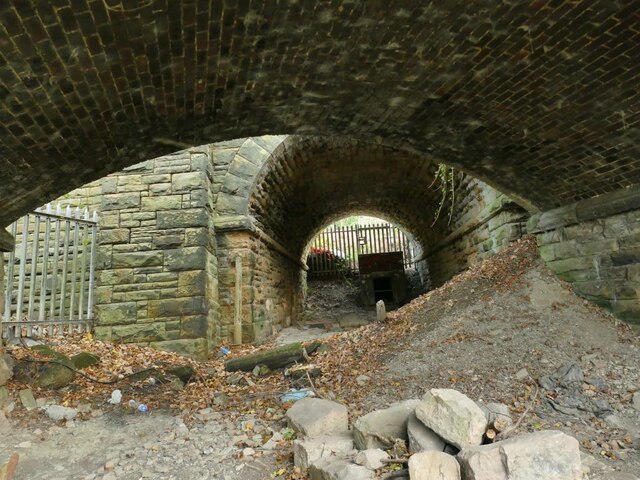
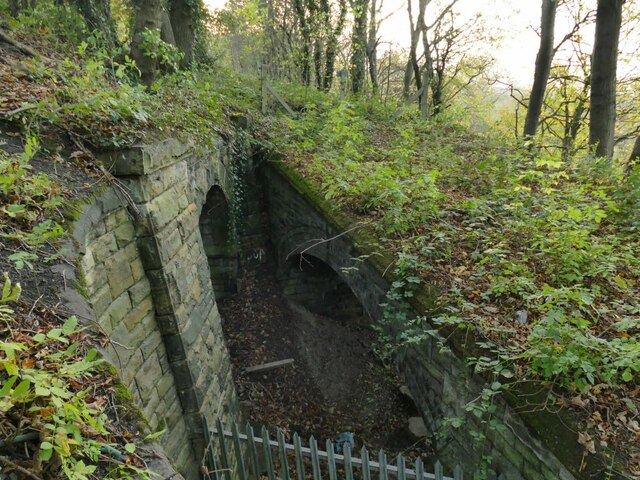
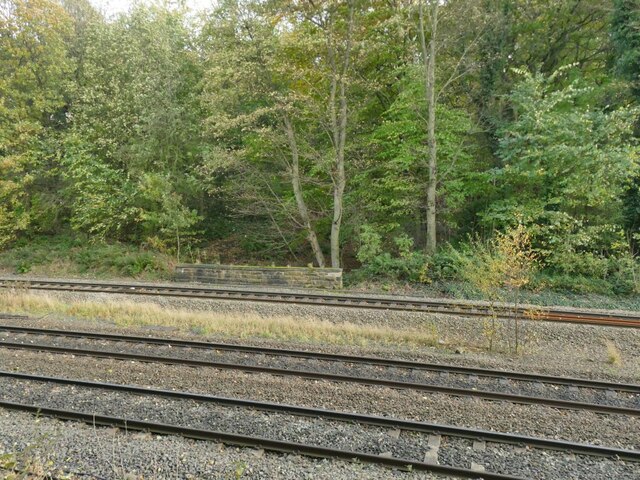
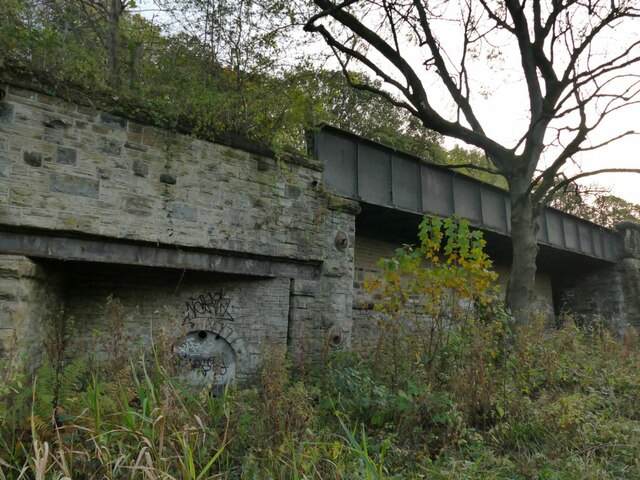
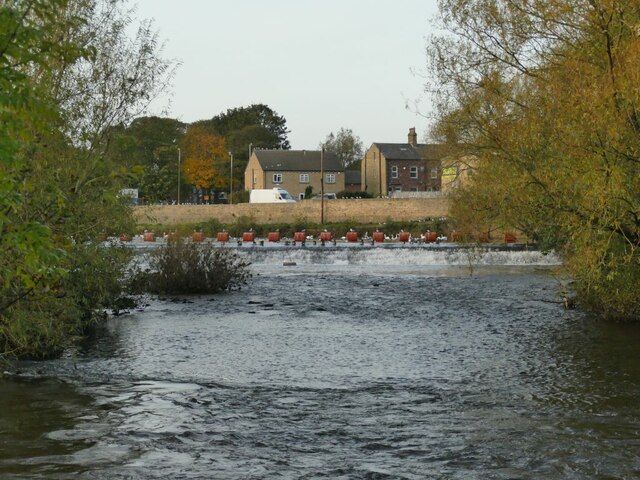
Haley Hill is located at Grid Ref: SE2218 (Lat: 53.661742, Lng: -1.6609422)
Division: West Riding
Unitary Authority: Kirklees
Police Authority: West Yorkshire
What 3 Words
///fearfully.stilted.glides. Near Mirfield, West Yorkshire
Nearby Locations
Related Wikis
Whitley Lower
Whitley Lower is a village near Thornhill in Kirklees, West Yorkshire England. The parish church, dedicated to St Mary and St Michael, is part of the...
Ravensthorpe railway station
Ravensthorpe railway station serves the Ravensthorpe suburb of Dewsbury in West Yorkshire, England. It is situated on the Huddersfield line between Leeds...
Thornhill power station
The Thornhill power station generated and supplied electricity to the town of Dewsbury and the wider regional area from 1902 to 1982, and again from 1998...
Dewsbury Bus Museum
The Dewsbury Bus Museum is a museum in Ravensthorpe, West Yorkshire, England. Opened to the public in September 1989, it is owned and operated by the West...
Nearby Amenities
Located within 500m of 53.661742,-1.6609422Have you been to Haley Hill?
Leave your review of Haley Hill below (or comments, questions and feedback).
